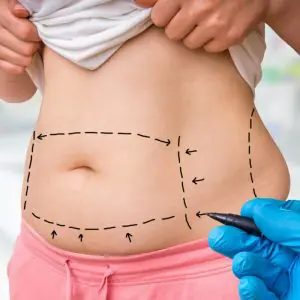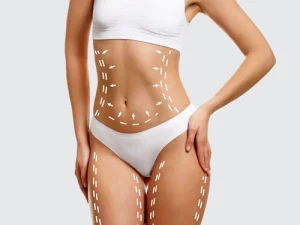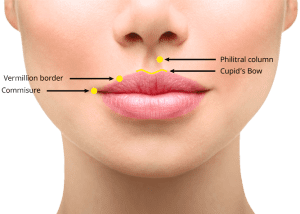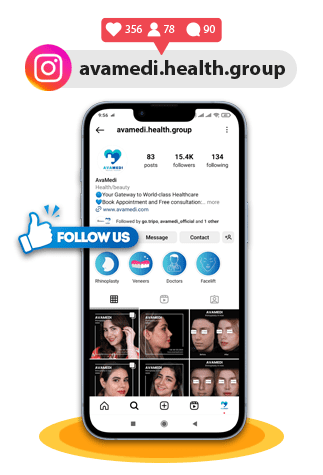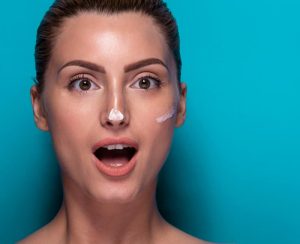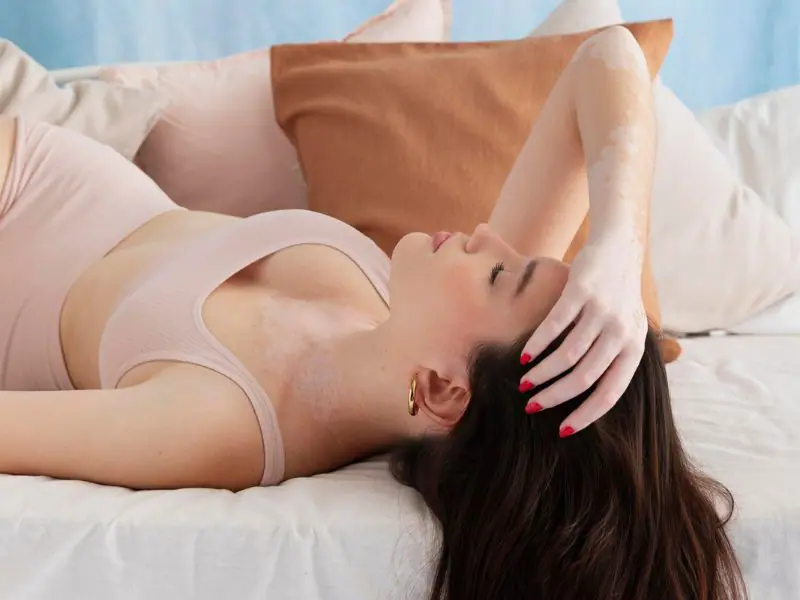Breast augmentation is a transformative procedure, and ensuring proper postoperative care, including sleep positions, is crucial for optimal healing and results.
How Long Should You Sleep on Your Back After Breast Augmentation In Iran?
The recommended duration for back sleeping is at least 6-8 weeks to ensure optimal healing, prevent implant displacement, and reduce the risk of complications like capsular contracture.
Can You Sleep on Your Stomach with Breast Implants?
During the initial healing phase, it’s advisable to avoid stomach sleeping to prevent discomfort and ensure proper implant settling. Experiment with short increments after your incisions heal, gradually resuming your preferred sleeping habits.
Why Is Sleep After Breast Augmentation Crucial?
Adequate sleep is vital for a swift recovery. It aids in:
- Faster Healing: Supports the body’s healing processes.
- Reduced Inflammation: Minimizes post-surgery swelling.
- Pain Management: Alleviates discomfort associated with muscle stiffness and implant pressure.
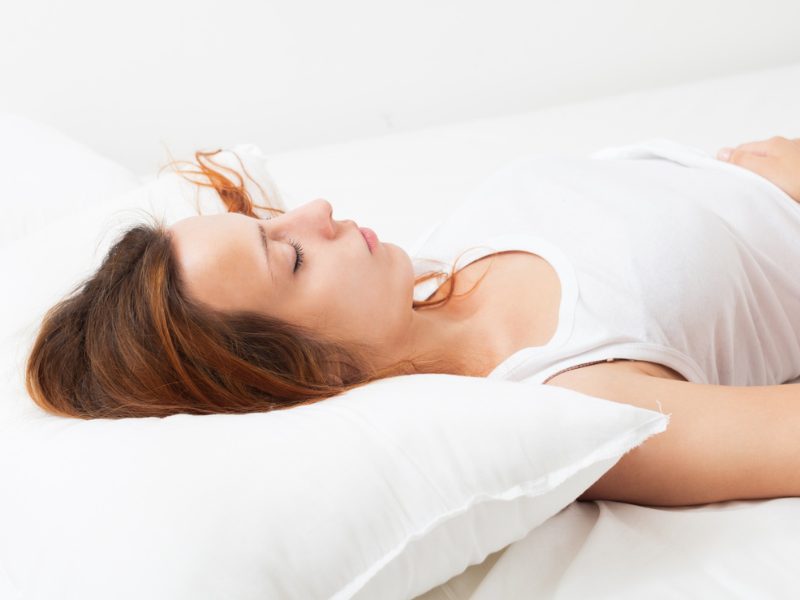
Avamedi offers multiple other services such as Six Pack Liposuction in Iran, Mommy Makeover in Iran, Lip Lift in Iran and Double Chin Liposuction in Iran.
Should You Wear a Bra While Sleeping After Breast Augmentation?
Follow your surgeon’s recommendations regarding bras after surgery. Initially, wear a surgical bra for at least two weeks, avoiding pressure on incision areas. Afterward, choose bras carefully and consider sleeping without one initially.
Here’s a comprehensive guide on how long you should sleep on your back after breast augmentation:
Initial Days: Sleeping Propped Up
In the initial days after breast augmentation surgery, it’s essential to sleep on your back with your upper body elevated. This position offers several benefits:
- Reduced Swelling: Minimizes fluid buildup and postoperative swelling.
- Enhanced Blood Flow: Facilitates better circulation, promoting healing.
- Natural Breast Position: Maintains a more natural breast position during the recovery phase.
Transition Period: Using Supportive Pillows
To ensure you stay in the right position, consider using supportive pillows or specialized aids. These can help:
- Maintain Elevation: Provides firm support for keeping your upper body elevated.
- Comfortable Rest: Ensures a stable and comfortable sleeping position.
- Prevent Rolling: Minimizes the risk of unintentional rolling onto your side during sleep.
Beyond the Swelling: Transitioning to Flat Back Sleeping
As swelling and bruising subside, typically after several days, you can gradually transition to sleeping flat on your back if it feels comfortable. This transition marks a shift toward a more conventional sleep position.
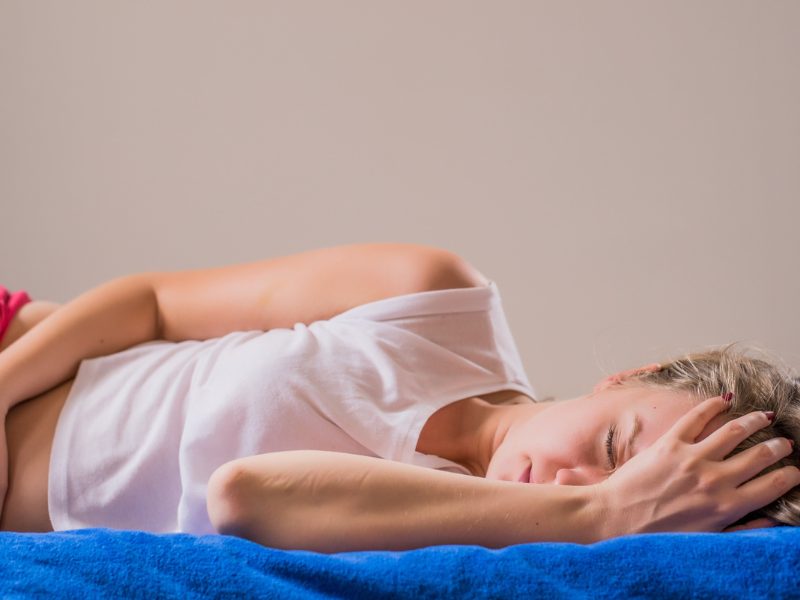
Weeks 2-6: Avoiding Side Sleeping
During the first couple of weeks post-surgery, it’s crucial to refrain from sleeping on your side or rolling onto your side during sleep. This precaution prevents unnecessary pressure on implants and incisions, safeguarding your results.
6-8 Weeks: Prolonged Back Sleeping
For a more extended period, typically 6-8 weeks after breast augmentation, continue prioritizing back sleeping. This duration ensures optimal healing, reduces the risk of complications like capsular contracture, and allows your implants to settle properly.
Beyond Recovery: Listening to Your Body
Once you are fully healed, you have the flexibility to return to your preferred sleeping positions. However, continuing to sleep on your back offers additional benefits:
- Preventing Neck and Back Pain: Maintains a neutral position for the head, neck, and spine.
- Reducing Wrinkles: Potential for minimizing lines and wrinkles associated with other sleep positions.
Tips for Comfortable Sleep During Recovery
- Wear a Supportive Bra: Opt for a supportive bra while sleeping to hold your breasts in place, reduce tension on incisions, and enhance overall recovery.
- Warm Evening Shower: Take a warm shower (avoiding baths) in the evening for relaxation, promoting better sleep.
- Regular Movement: Walk around regularly during the day to improve circulation, reduce stiffness, and lower the risk of blood clots.
- Avoid Sleep Disruptors: Steer clear of caffeine, alcohol, sugar, and electronic screens close to bedtime for uninterrupted sleep.
Individual Variations: Consulting Your Surgeon
While general guidelines provide a framework, it’s essential to consult with your surgeon for personalized advice based on your unique healing process and progress. Your surgeon understands your specific case and can offer tailored recommendations for a comfortable and effective recovery.
Click to read this article:”Breast Augmentation Recovery Pillow“
What’s the Best Position for Sleeping After Breast Augmentation?
Choosing the right sleeping position is crucial for a smooth recovery after breast augmentation surgery. Here’s a detailed guide to help you navigate the optimal sleeping positions and address common concerns:
-
Sleeping Propped Up
It’s essential to sleep on your back with your upper body elevated after breast augmentation. This position offers multiple benefits, including:
- Reduced Fluid Buildup: Minimizes fluid retention and swelling.
- Enhanced Circulation: Facilitates better blood flow for improved healing.
- Natural Breast Position: Keeps the breasts in a more natural position during the healing process.
Sleeping propped up also aids in mobility, ensuring you don’t strain your arms and chest muscles when getting out of bed.
-
Using Wedge Pillows and Positioning Aids
To maintain the right sleeping position, consider using wedge pillows or other positioning aids. These help in:
- Staying Elevated: Provides firm support to keep your upper body elevated.
- Comfortable Rest: Ensures a stable and comfortable sleeping position.
- Preventing Rolling: Minimizes the risk of unintentional rolling onto your side during sleep.
-
Transitioning to Flat Back Sleeping
After several days, as swelling and bruising subside, you can gradually transition to sleeping flat on your back if it feels comfortable.
-
Avoiding Side Sleeping Initially
In the first couple of weeks post-surgery, it’s crucial to refrain from sleeping on your side or rolling onto your side during sleep. This precaution prevents unnecessary pressure on implants and incisions, preserving your results.
-
Tips for Getting Used to Back Sleeping
If back sleeping is not your usual position, consider these tips to make the transition smoother:
- Positioning Pillows: Use extra pillows to maintain proper alignment, placing one under each arm.
- Knee Support: Keep a pillow under your knees to align your back and enhance comfort.
- Consistency is Key: Roll back to your back if you find yourself on your side or stomach during sleep.
- Specialized Pillows: Invest in pillows designed to support your head and prevent it from rolling to the side.
Dealing with Pain and Discomfort During Sleep
It’s normal to experience some pain or soreness during sleep after breast augmentation. Ease discomfort by:
- Wearing Supportive Bras: Opt for surgical support bras initially and transition based on comfort.
- Gentle Massage: Massage the implants gently to alleviate muscle stiffness.
- Over-the-counter pain Medications: Consider OTC pain relievers under your surgeon’s guidance.
By following these guidelines and consulting with your surgeon, you can ensure a comfortable and effective recovery after breast augmentation surgery. For personalized advice, contact your healthcare professional.



